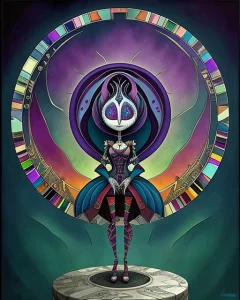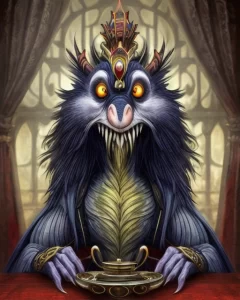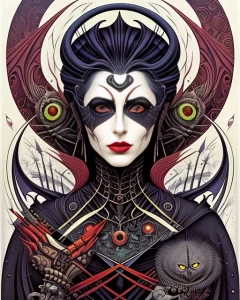Non-fungible tokens (NFTs) are a relatively new technology, and as such, there are many different types of NFTs being created and used today. Some of the most common types of NFTs include:
Art NFTs
Art NFTs are digital representations of artwork, such as paintings, drawings, sculptures, and even digital paintings. They can be created by artists of all levels of experience, and they can be sold for a wide range of prices. Some of the most popular art NFT marketplaces include OpenSea, Rarible, and SuperRare.
Collectible NFTs
Collectible NFTs are unique digital items that are collected by fans and enthusiasts. They can be anything from trading cards and virtual pets to avatars and sports memorabilia. Some of the most popular collectible NFT projects include CryptoPunks, NBA Top Shot, and Sorare.
Gaming NFTs
Gaming NFTs are digital items that can be used in video games. They can be anything from virtual weapons and armor to characters and virtual land. Some of the most popular gaming NFT projects include Axie Infinity, Decentraland, and The Sandbox.
Ticketing NFTs
Ticketing NFTs are digital tickets that can be used for events such as concerts, sporting events, and conferences. They can be used to track ownership and prevent fraud, and they can also be used to give holders exclusive benefits, such as early access to events or merchandise.
Utility NFTs
Utility NFTs are NFTs that have additional functionality beyond simply representing ownership of a digital asset. They can be used to access exclusive content, participate in online communities, or even earn income. Some of the most popular utility NFT projects include Discord servers, access to exclusive content, and staking opportunities.
Metaverse Assets
Metaverse assets are NFTs that represent ownership of assets in virtual worlds, such as virtual land, avatars, and digital items. They can be used to create virtual economies and experiences, and they can also be used to connect with friends and family.
Membership NFTs
Membership NFTs are NFTs that grant holders access to exclusive benefits, such as early access to products or services, discounts, and invitations to events. They can be used to create a sense of community and belonging, and they can also be used to generate revenue for businesses.
Identity NFTs
Identity NFTs are NFTs that represent ownership of digital identities. They can be used to store personal information, verify identities, and access services. They are still in the early stages of development, but they have the potential to revolutionize the way we interact with the digital world.
Fractionalized NFTs
Fractionalized NFTs allow multiple people to own a single NFT. This can be used to make NFTs more affordable and accessible to a wider range of people. Some of the most popular fractionalized NFT projects include Fractional, Rally, and Lemonade.
Dynamic NFTs
Dynamic NFTs are NFTs that can evolve or change over time. This can be done in a number of ways, such as through the use of smart contracts or external data sources. Some of the most popular dynamic NFT projects include CryptoKitties, NBA Top Shot, and Sorare.
Cross-chain NFTs
Cross-chain NFTs are NFTs that can be traded across multiple blockchains. This can make them more versatile and accessible to a wider range of users. Some of the most popular cross-chain NFT projects include Flow and Tezos.
Music NFTs
Music NFTs are NFTs that represent ownership of music files. They can be used to give fans exclusive access to music, merchandise, and experiences. Some of the most popular music NFT projects include Royal, Catalog, and Sound.xyz.
Fashion NFTs
Fashion NFTs are NFTs that represent ownership of digital fashion items. They can be used to create virtual closets, customize avatars, and even purchase physical clothing. Some of the most popular fashion NFT projects include DressX, RTFKT, and The Fabricant.
Real-world assets
Real-world assets are physical assets that can be represented as NFTs. This can be used to create a secure and transparent ownership registry for assets such as real estate, cars, and artwork. Some of the most popular projects in this area are Propy, Fractional, and OriginTrail.
This is just a brief overview of the different types of NFTs that are currently available. As the technology continues to evolve, we can expect to see even more new and innovative types of NFTs being created.
As NFT technology continues to evolve, we can expect to see even more new and innovative applications emerge. The possibilities are endless!






